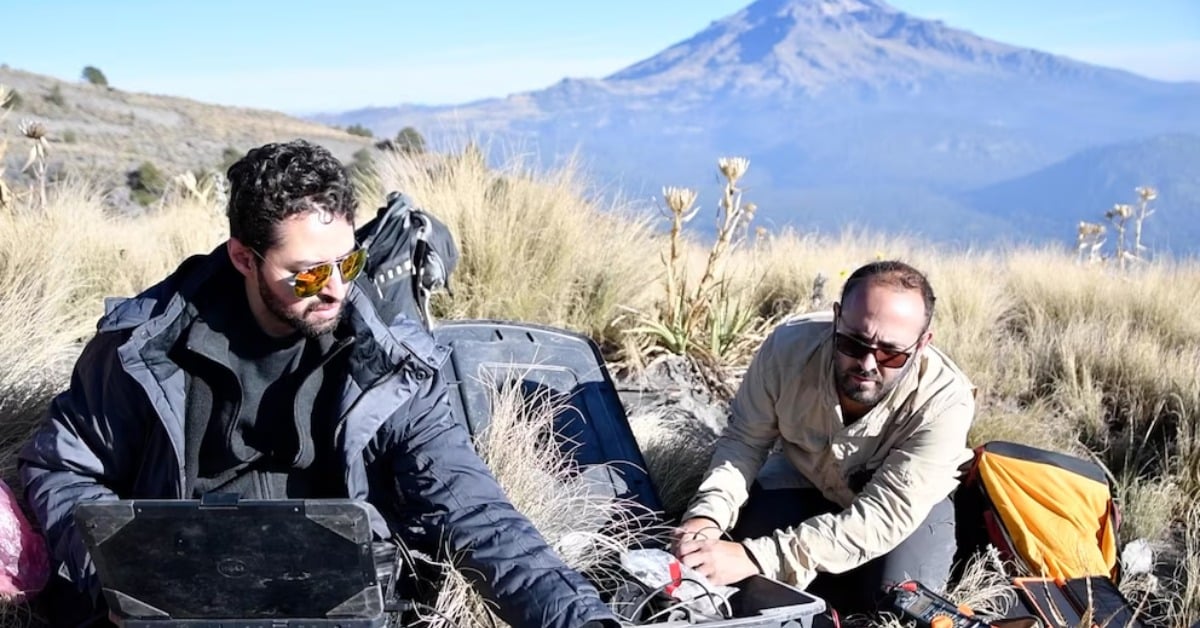UNAM researchers have developed the first 3D model of Popocatépetl's interior using AI, helping to predict volcanic activity and improve disaster prevention efforts . . .


UNAM researchers have developed the first 3D model of Popocatépetl's interior using AI, helping to predict volcanic activity and improve disaster prevention efforts . . .
